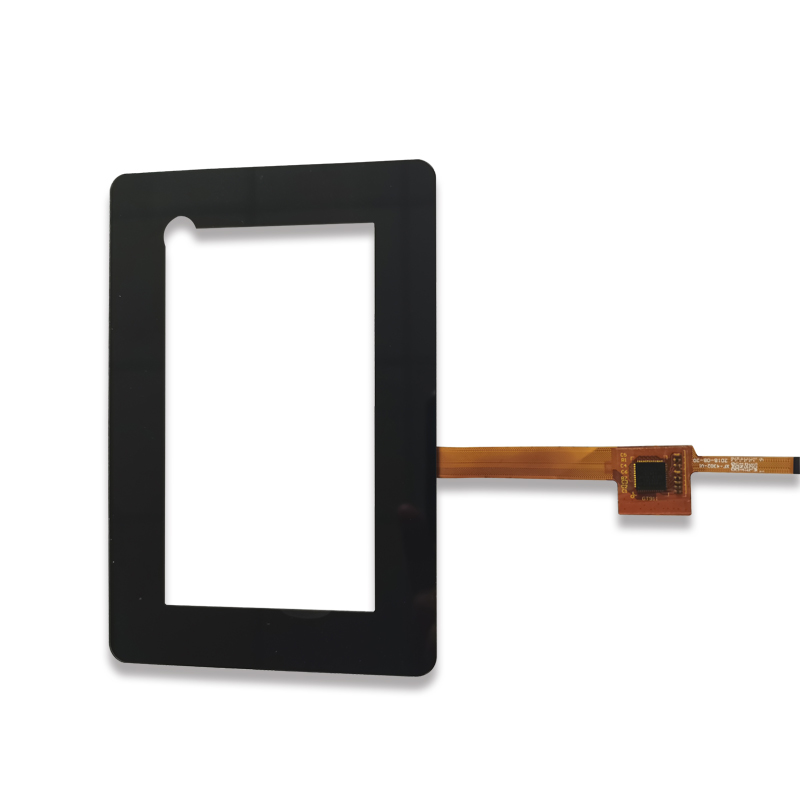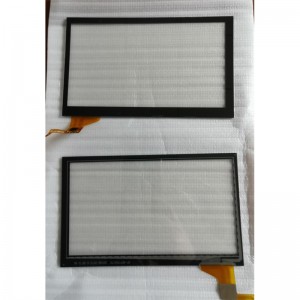Resistive touch screen Exporter/Exporters
Resistive touch screen Exporter/Exporters
Four-wire touch screen
The four-wire touch screen contains two resistive layers. One layer has a vertical bus at the left and right edges of the screen, and the other layer has a horizontal bus at the bottom and top of the screen, as shown in Figure 1. in order to
Figure 1 The voltage divider is realized by connecting two resistors in series [6]
Measure in the X-axis direction, bias the left bus to 0V, and the right bus to VREF. Connect the top or bottom bus to the ADC, and a measurement can be made when the top and bottom layers are in contact.
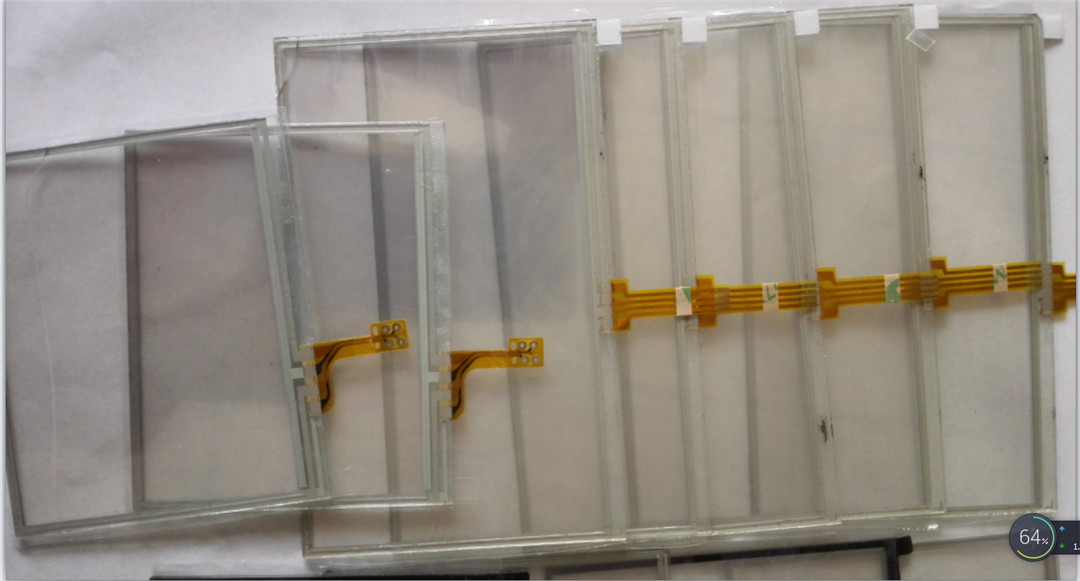
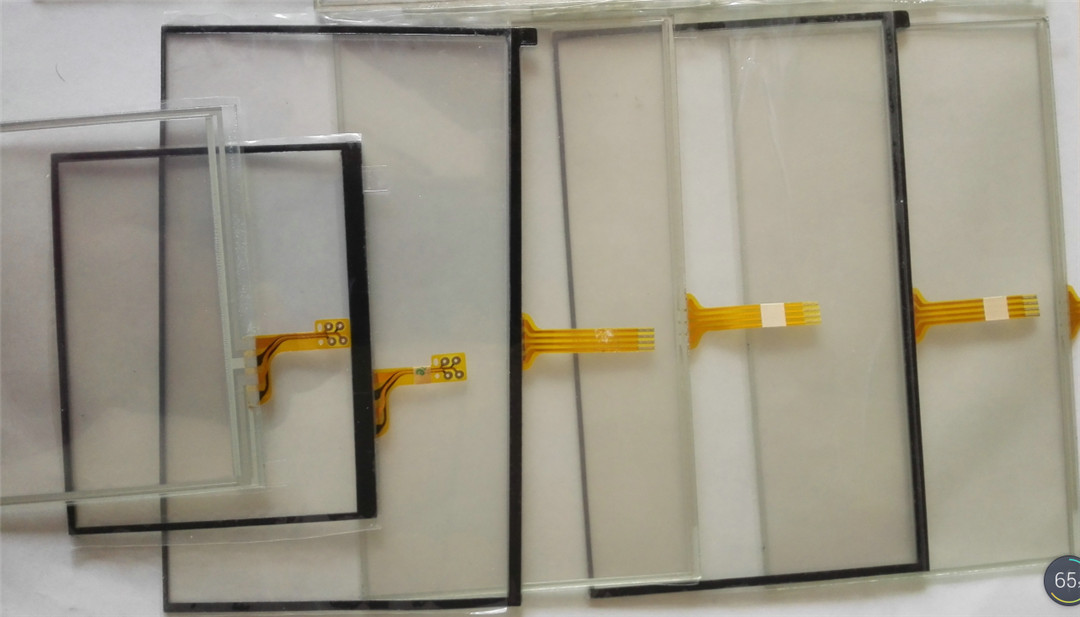
Figure 2 Two resistive layers of a four-wire touch screen
In order to measure in the Y-axis direction, the top bus is biased to VREF and the bottom bus is biased to 0V. Connect the ADC input terminal to the left bus or the right bus, and the voltage can be measured when the top layer is in contact with the bottom layer. Figure 2 shows a simplified model of the four-wire touch screen when the two layers are in contact. For a four-wire touch screen, the ideal connection method is to connect the bus biased to VREF to the positive reference input terminal of the ADC, and to connect the bus set to 0V to the negative reference input terminal of the ADC.
Five-wire touch screen
The five-wire touch screen uses a resistive layer and a conductive layer. The conductive layer has a contact, usually at its edge on one side. There is a contact on each of the four corners of the resistive layer. In order to measure in the X-axis direction, offset the upper left and lower left corners to VREF, and the upper right and lower right corners are grounded. Since the left and right corners have the same voltage, the effect is similar to the bus connecting the left and right sides, similar to the method used in the four-wire touch screen. In order to measure along the Y axis, the upper left corner and the upper right corner are offset to VREF, and the lower left corner and the lower right corner are offset to 0V. Since the upper and lower corners are at the same voltage, the effect is roughly the same as the bus connecting the top and bottom edges, similar to the method used in a four-wire touch screen. The advantage of this measurement algorithm is that it keeps the voltage at the upper left and lower right corners unchanged; but if grid coordinates are used, the X and Y axes need to be reversed. For a five-wire touch screen, the best connection method is to connect the upper left corner (biased as VREF) to the positive reference input terminal of the ADC, and connect the lower left corner (biased to 0V) to the negative reference input terminal of the ADC.
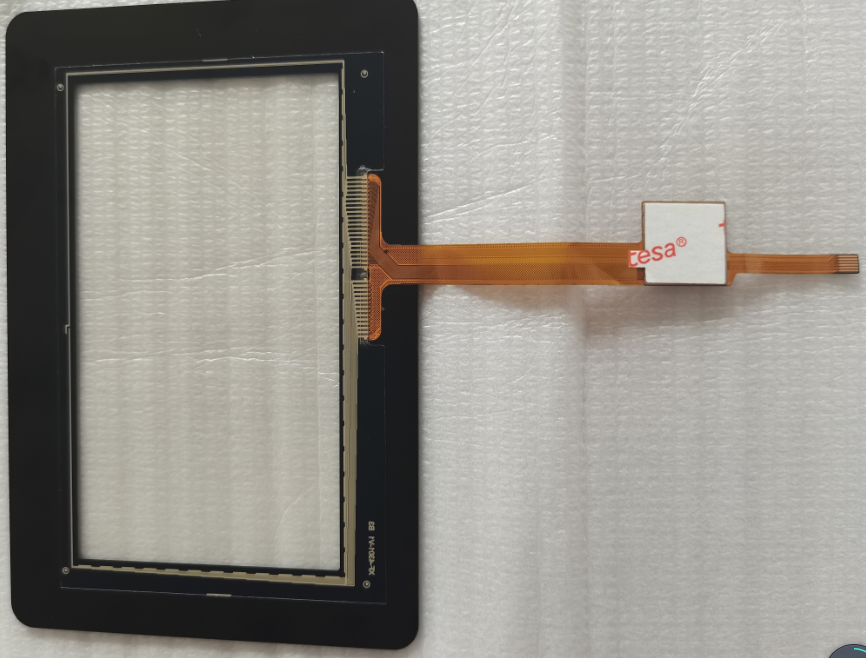
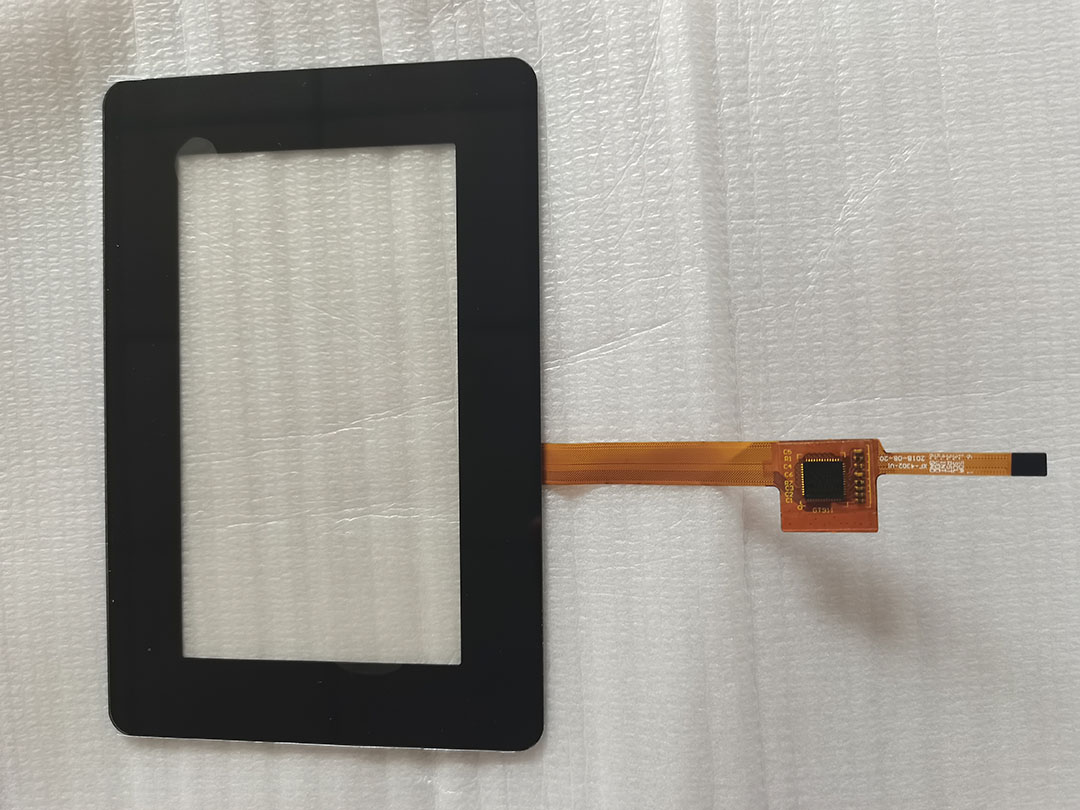
Glass substrate is an important raw material for the production of TFT-LCD, and its cost accounts for about 15% to 18% of the total cost of TFT-LCD. It has developed from the first generation line (300mm × 400mm) to the current tenth generation line (2,850mm ×3,050). mm), it has only gone through a short period of twenty years. However, due to the extremely high requirements for the chemical composition, performance and production process conditions of TFT-LCD glass substrates, the global TFT-LCD glass substrate production technology and market have long been used by Corning in the United States, Asahi Glass and Electric Glass, etc. Monopolized by a few companies. Under the strong promotion of market development, the mainland of my country also began to actively participate in the R&D and production of TFT-LCD glass substrates in 2007. At present, a number of TFT-LCD glass substrate production lines of the fifth generation and above have been built in China. It is planned to launch two 8.5-generation high-generation liquid crystal glass substrate production line projects in the second half of 2011. This provides an important guarantee for the localization of upstream raw materials for TFT-LCD manufacturers in mainland my country and a significant reduction in manufacturing costs.
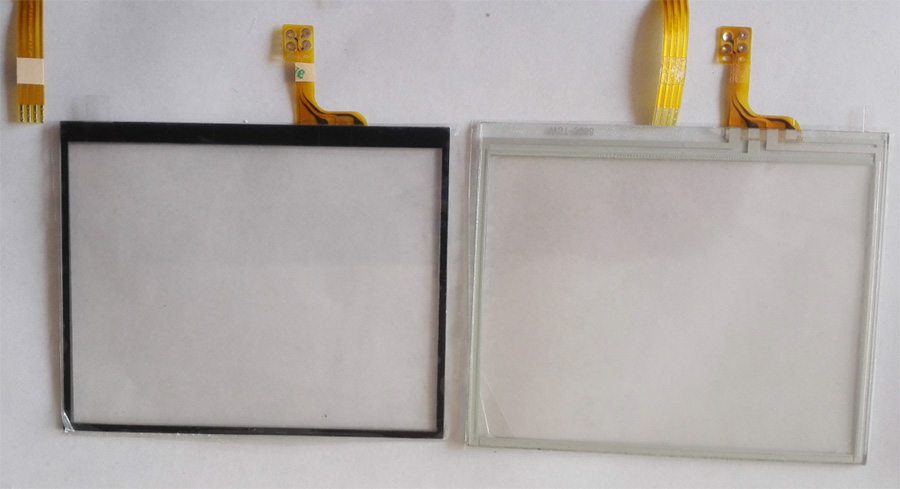
Seven-wire touch screen
The implementation method of the seven-wire touch screen is the same as the five-wire touch screen except that one line is added to the upper left corner and the lower right corner. When performing screen measurement, connect one wire in the upper left corner to VREF, and the other wire to the positive reference terminal of the SAR ADC. At the same time, one wire in the lower right corner is connected to 0V, and the other wire is connected to the negative reference terminal of the SAR ADC. The conductive layer is still used to measure the voltage of the voltage divider.
Eight-wire touch screen
Except for adding one wire to each bus, the implementation method of the eight-wire touch screen is the same as that of the four-wire touch screen. For the VREF bus, one wire is used to connect to VREF, and the other wire is used as the positive reference input of the SAR ADC's digital-to-analog converter. For the 0V bus, one wire is used to connect to 0V, and the other wire is used as the negative reference input of the SAR ADC's digital-to-analog converter. Any one of the four wires on the unbiased layer can be used to measure the voltage of the voltage divider.


